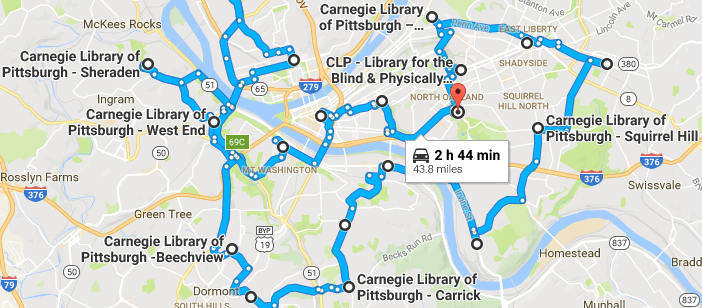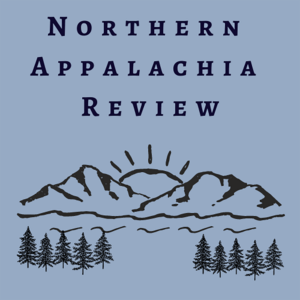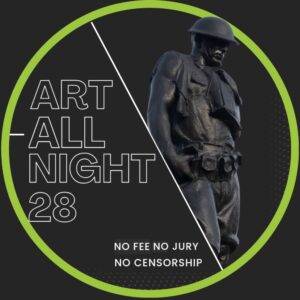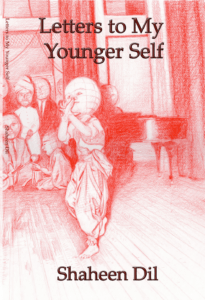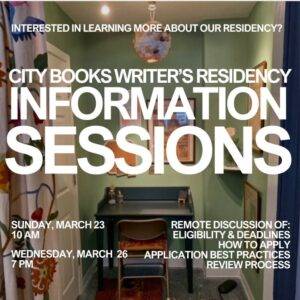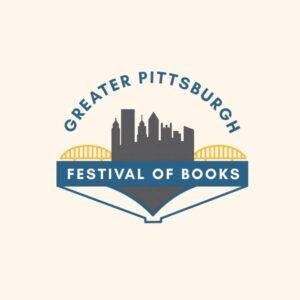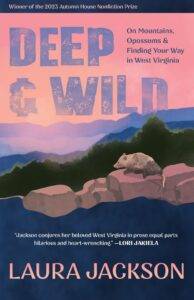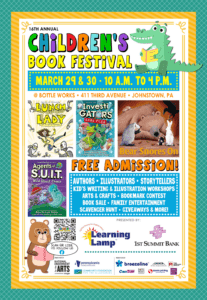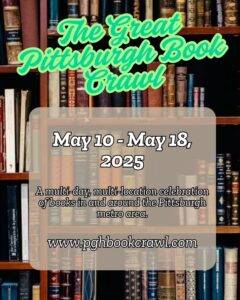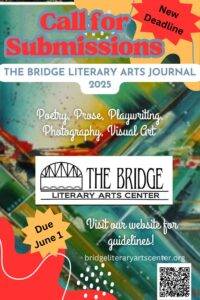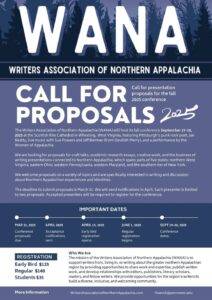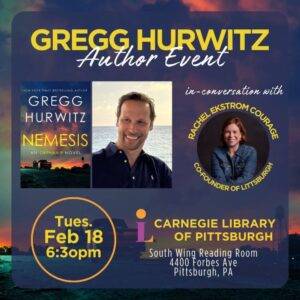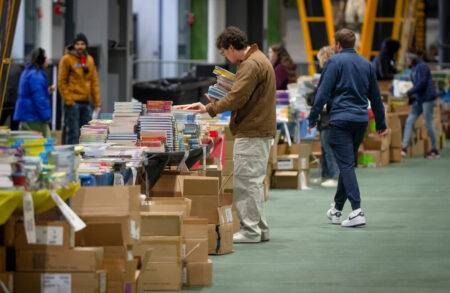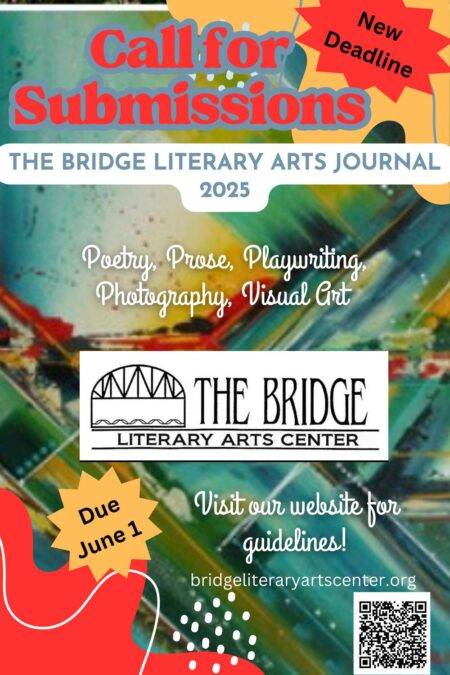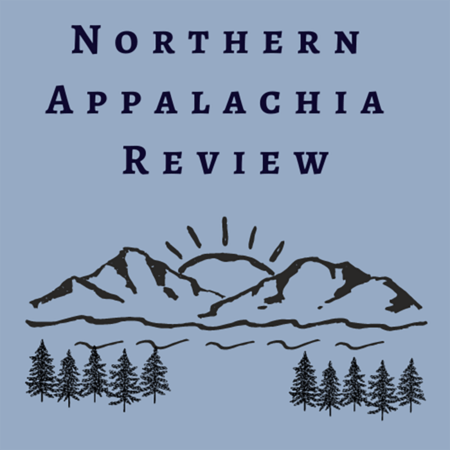Have you checked out Carnegie Library of Pittsburgh’s redesigned Eleventh Stack blog yet?
Eleventh Stack is run by a group of library workers who are passionate about books, movies and music — and was originally envisioned as a place to explore all the cool stuff at the Main Library, which is home to about a million items. Recently, they’ve branched out to explore the rest of the Carnegie Library system!
Littsburgh loves the Carnegie Library of Pittsburgh — and in an effort to spread the word about the excellent work they’re doing — we’ll be highlighting posts from the Eleventh Stack from time to time…
If you’re looking for reading recommendations, we highly recommend you bookmark the Eleventh Stack — and give Carnegie Library of Pittsburgh a follow on Facebook and Twitter!
So far in the Master of Science in Public Policy Manangement program at CMU, I’ve learned that the best road trip companion, besides a great bag of snacks and a fun playlist, is a little bit of math. Using a model called the traveling salesperson (TSP)*, you can figure out the most efficient route to travel to a series of destinations. In this case, “the most efficient route” minimizes the total distance traveled.
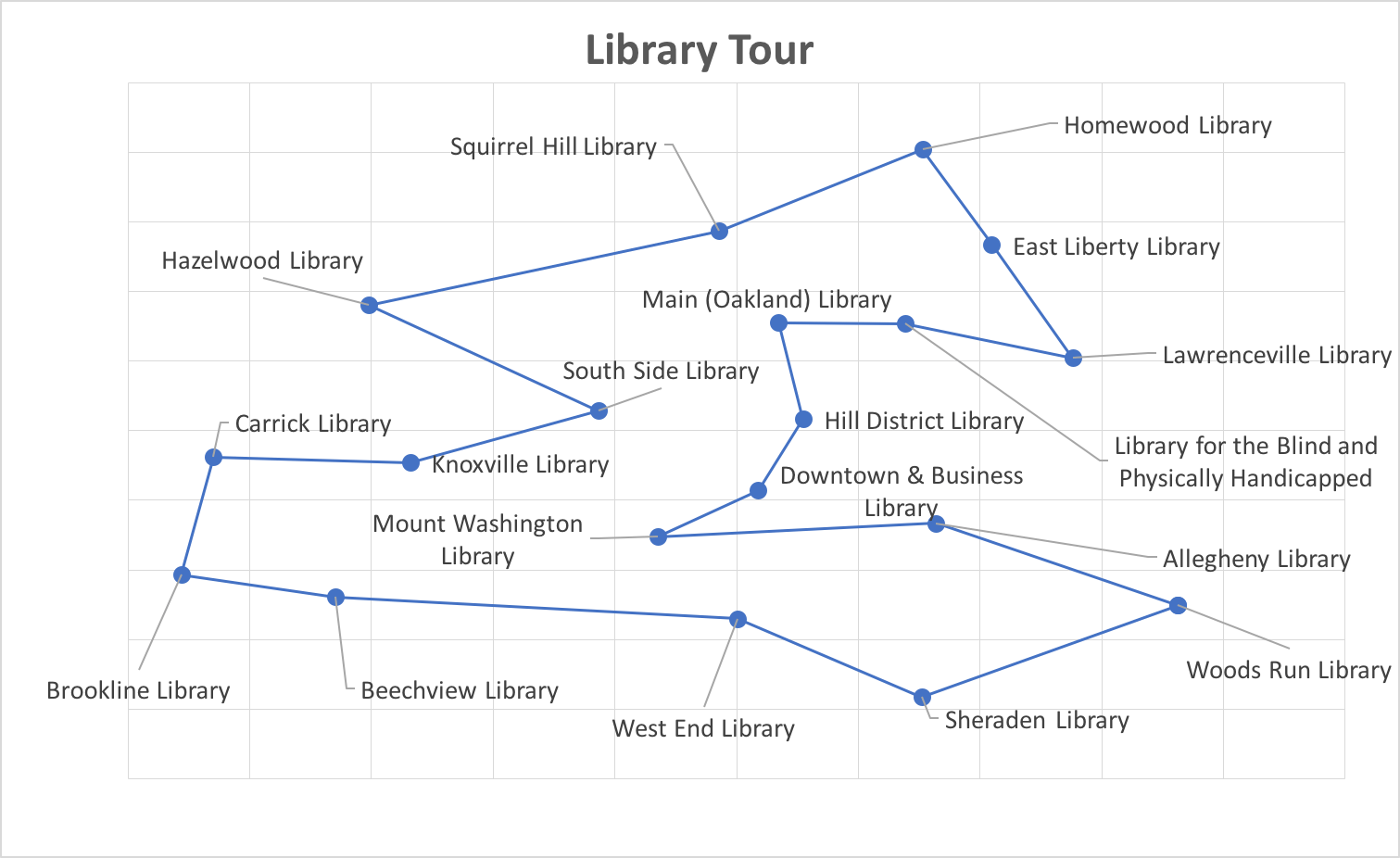
With classes winding down and my relationship with free time slightly less unrequited, I finally had time to test my TSP skills by plotting the best route to visit all 19 Carnegie Library of Pittsburgh locations using data from the Western Pennsylvania Regional Data Center. The image above shows a simplified version of the results. To use them, you can start at any location and follow the loop until you return to your starting point.
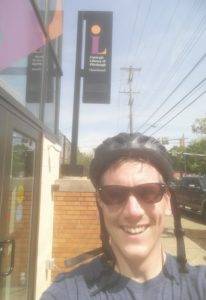
Although it was a 90-degree day, he said, “The trip to the first few branches (Hazelwood, South Side) was extremely pleasant, as there are few things nicer than biking along the Monongahela River on the Three Rivers Heritage Trail.”
However, since my library TSP model was only designed to minimize the total distance traveled, not undesirable topographic changes, biking a few 20 percent grades made Justin’s trip a little less enjoyable. Still, he persevered, making it to 18 out of 19 libraries (the Carrick branch is currently closed for renovations), and narrowly escaping the wrath of a flat tire.
Overall, Justin’s favorite branch was the Library for the Blind and Physically Handicapped.
“They have volunteer voice actors who actually read each book and volunteer editors who edit each one. Equipped with two soundproof studios onsite in an old Studebaker factory, they have all of the equipment needed to do it—and do it well, might I add, as they had me test it out and do a 2-minute recording myself. They also have a service where people can call a trained staff person there and receive recommendations of what books they may like to read, based on what they’ve read in the past. Think of it like a human Amazon,” Justin said.
“All in all, I’d highly recommend this trip to anyone with an interest in seeing and experiencing Pittsburgh through its neighborhoods and through an institution that is one of the finest in the country. Like all good journeys, it wasn’t always easy and requires determination along the way, but you’ll be rewarded with a uniquely Pittsburgh experience.”
If you’d like to recreate Justin’s adventure by biking (or driving), take a look at this map:
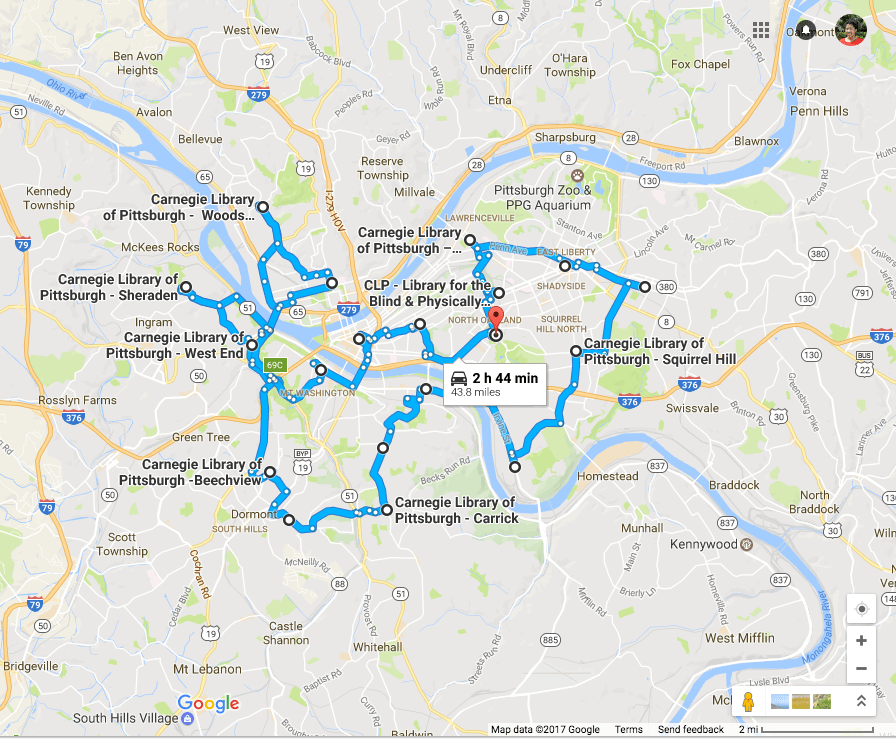
You can start at any point and then just follow the route. If you are biking, bear in mind: CLP locations generally have the most generous hours on Monday through Thursday, and it may be helpful to start near locations that close the earliest, like The Library for the Blind and Physically Handicapped.
* To learn more about TSP models, such as how to use a modified TSP to find Waldo from Where is Waldo, check out the work of Randal Olson.
-Laura C.
Laura works for the Civic Information Services team in the Office of Digital Strategy. She enjoys traveling, visiting stationery stores and eating dessert for breakfast.
This post sponsored by our friends at the Carnegie Library of Pittsburgh


